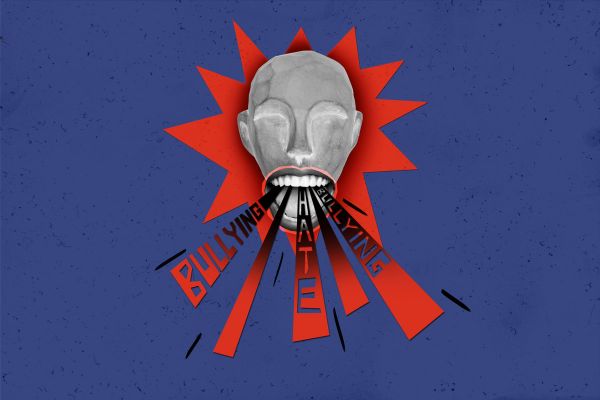Insights
INSIGHTS
All Topics
My Account
The importance of content pillars and how to create them
03 Jan 2025by kirsty marrins
Content pillars can help you plan and focus your social media posts. Here’s how to create them
There’s probably so much that your charity does that could be shared across social media, but not all of it is engaging – or of interest – to your audience. Often different teams across the organisation will request social media posts that are quite niche with the expectation that you will simply post them. Does this sound familiar?
What you post on social media should be strategic, targeted to a particular audience, and appropriate for the platform. Having content pillars can help you plan and organise your content, as well as provide clarity to your audience on what you do and how you help. It can also help you to push back on internal pressure for content that isn’t right for your audience or channels.
What is a content pillar?
Content pillars are topics or themes, usually between three to five, that are specific to your brand. They can help you to articulate who you are and what you do –and make planning content easier.
The benefits of content pillars
Content pillars make planning easier
Having clear topics to talk about helps you to plan your content more efficiently and gives you more lead time to gather stories, case studies, source statistics etc.
Content pillars balance content
Take a look at one of your social media accounts. How often do you talk about the same thing or include a call to action in your post? Have your last three Facebook posts all been about fundraising?
Having content pillars helps to ensure that your content is balanced. If you’re using a tool, such as Trello, as a social media content calendar, you can add labels to your posts that reflect your content pillars. This can help you to see, visually, whether your content is balanced or not and to address the issue.
Content pillars can strengthen your brand
Content pillars can help you to create consistent content that is aligned to your strategy. Consistent, quality content helps strengthen your brand as the content you create is recognisably yours.
Shelter, the housing charity, is a great example of a charity doing this well. When you look at their social media, you can tell what their content pillars are: renters rights, affordable housing, and supporting people in crisis. These are topics they talk about again and again and are what they are known for.
How to create your content pillars
We’ve looked at why content pillars are important and how they can help in planning and strengthening your brand, but how do you go about creating them?
Align content pillars to your organisational strategy
Just as your social media strategy would align to your organisational strategy, so should your content pillars. Look at, or revisit, your strategy to remind yourself of what you’re trying to achieve. Your content pillars should bring your strategy to life.
Look at your analytics
What types of posts perform best on your channels and get the most engagement? Delve into your analytics and insights and do a content audit. What formats tend to perform best? Does short form copy work better over long form? What themes or topics get the most engagement?
Taking a deep dive into your analytics will help you to better understand what your audience is interested in and what type of content they engage with the most.
Ask your audience
While your analytics can tell you a lot about what your audience is interested in, the beauty of social media is that you can also just ask them. Twitter, LinkedIn, and Instagram all have features where you can poll your followers to understand them better. Instagram also has the Question Sticker where you can ask a specific question and your followers can reply in a more open-ended way.
Asking your audience shouldn’t inform your pillars but rather refine them. For example, one of your pillars may be to demonstrate your impact. You could poll your audience on whether they prefer numbers (stats) or stories.
Involve other teams in content pillars
Social media is not an island. Content sits across many different teams so it’s important to involve others in the creation of your content pillars. Set up a workshop and invite relevant colleagues to attend and feed into the pillars. Come prepared with the pillars you wish to put forward, based on insight, so that there is a strong starting point.
Share content pillars across the organisation
Once you’ve created your content pillars, don’t keep them to yourself. Organise a ‘lunch and learn’ session, write a blog post on your intranet, or ask for a slot in team meetings.
There will still be niche posts
Content pillars will help structure your content and strengthen your brand. However, there still needs to be flexibility. Whilst they will be helpful in pushing back when other teams ask you to share something that doesn’t fit, there will of course be some content that still needs to be shared. And that’s ok. Try to ensure that your pillar content outweighs ‘other’ content by at least a ratio of 4:1.
More on this topic
Related Content
Recommended Products
Our Events
Charity Digital Academy
Our courses aim, in just three hours, to enhance soft skills and hard skills, boost your knowledge of finance and artificial intelligence, and supercharge your digital capabilities. Check out some of the incredible options by clicking here.

























